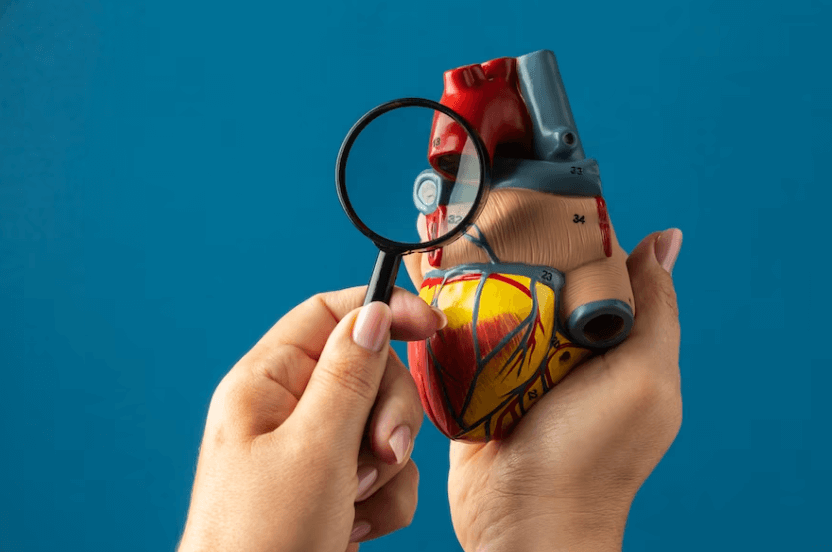Arrhythmias or dysrhythmias occur when the body’s electrical signals and heartbeat are not coordinated in an expected way. The primary symptom of arrhythmia is an irregular heartbeat.
An irregular heartbeat may feel like a racing heart and fluttering. Some of the irregular heartbeats are harmless. But this irregular heartbeat is not like the normal one. The high and weak damaged heart is the primary reason for this dysfunction.
In this article, I am going to describe the symptoms of arrhythmia, along with the causes and symptoms and available treatment options.
Let’s see what is the meaning of arrhythmia.
What Is Arrhythmia?
Cardiac arrhythmia is a medical condition where the heart beats irregularly. It can be too slow or too quick. Usually, the regular heartbeat rate lies between 60 to 100. But for arrhythmia, this heart rate goes beyond 100 in minutes.
There are three different types of trusted sources which are including
- Slow heartbeat
- Fast heartbeat
- Irregular heartbeat
These irregular heartbeats are known as fluttering and fibrillations such as atrial fibrillations. These arrhythmias are not serious health issues. But it can cause more harm than you can actually expect. It will increase the risk of stroke and cardiac arrest.
What Are The Arrhythmia Types?
Healthcare providers differentiate the arrhythmias into three different categories. Here are the types of arrhythmia.
Supraventricular Arrhythmias
This will begin in the atria, the upper chamber of your heart. Supraventricular means the space which is above your ventricles or the lower chamber of your heart.
Ventricular Arrhythmias:
These will start from your heart’s ventricles and go through the lower chambers of the heart.
Bradyarrhythmias And Junctional Rhythms:
These can happen because of certain issues in your heart. The sinoatrial (SA) node and atrioventricular (AV) node are the part of His-Purkinje network.
Common Arrhythmia Signs And Symptoms
Some of the arrhythmias are entirely harmless and don’t require any treatments. But other types of arrhythmia require proper health care and treatment. For treating your symptoms you need to take help from the right healthcare providers.
Here are the symptoms of arrhythmias. If you find any of these symptoms then it will be better to rush to your nearest hospital and available medical guidance.
- Palpitations Type: Feeling like your heart is racing and skipping beats.
- Tachycardia Type: A rapid heartbeat that is above 100 beats in a minute
- Bradycardia Type: A slower heartbeat below 60 beats per minute.
- Shortness of breath and difficulty of breathing.
- Dizziness and lightheadedness.
- Fainting and near-fainting episodes.
- Chest pain and certain discomfort with breathing
What Are The Causes Of Arrhythmia?
There might be hundreds of reasons. But let’s check out the common causes of arrhythmias.
Certain Heart Conditions:
Various heart-related issues such as coronary artery disease, heart attack, heart failure, cardiomyopathy, and valvular heart disease are linked with arrhythmias.
Body Electrolyte Imbalances:
Low potassium, magnesium, and other essential minerals which can disrupt the heart’s electrical signals.
Substance Abuses:
Excessive consumption of alcohol, drugs, and stimulants like caffeine can trigger arrhythmias.
Stressful Situations:
Emotional and physical stress can affect the heart’s general performance.
Medications:
Certain medications interfere with the heart’s electrical system.
Structural Abnormalities:
Congenital heart defects or previous heart surgeries are often linked with arrhythmias.
Other Medical Conditions:
Thyroid disorders, diabetes, and sleep apnea are the conditions that can increase the risk of arrhythmia.
How To Prevent Arrhythmia?
Now you know what are the risk factors which are associated with the arrhythmia. Here are the steps you can take to reduce your risk and promote a healthy heart.
Regular Medical Check-Ups:
Maintain regular health check-ups and monitor your heart health. You can identify any of the potential issues early and on the basis of these checkups you can proceed with your treatment procedures.
Adopt A Healthy Lifestyle:
A balanced diet and a fit body both are required to have a healthy life. And for arrhythmias balanced diet with vitamins enriched fruits and vegetables lean proteins and whole grains are keeping the heart healthy. Restrict the intake of processed foods, salts, and saturated fats consisting of foods.
Regular Excise:
Always engaging in physical activities. Follow the doctor’s recommendations and engage in regular physical activities for increasing your physical ability and fitness.
Avoid Smoking:
If you smoke, try to quit, as smoking can significantly increase the risk of heart-related health issues like Arrhythmia.
Limiting Alcohol And Caffeine:
If you consume alcohol or caffeinated beverages on a daily basis, then control your alcohol consumption.
Manage Your Stress Level:
Control your stress level and reduce the stress level. You can follow the tips like meditation, yoga, and deep breathing techniques. These tips will help you to relax and reduce the chances of Arrhythmia.
Always follow your doctor’s advice. If you have any underlying health conditions then ask your doctors for the solutions. But following the healthcare provider’s instructions can minimize the chances of further health complications.
Bottom line:
If you experience any arrhythmia symptoms or you are concerned about your heart health. It’s high time to seek medical attention promptly. A healthcare professional can diagnose the condition and recommend appropriate treatment for your individual health conditions. A healthy and fit body is always helping you to deal with any kind of health condition. What is your opinion? Do you think we are missing out on any of the points? Comment back to us and let us know your opinion.
Additional:
- Autism: Signs, Symptoms, And Causes
- Asthma: Signs, Symptoms, Causes, Prevention
- Acne: Signs, Symptoms, Causes, Prevention
- Appendicitis: Signs, Symptoms, Causes, Prevention


